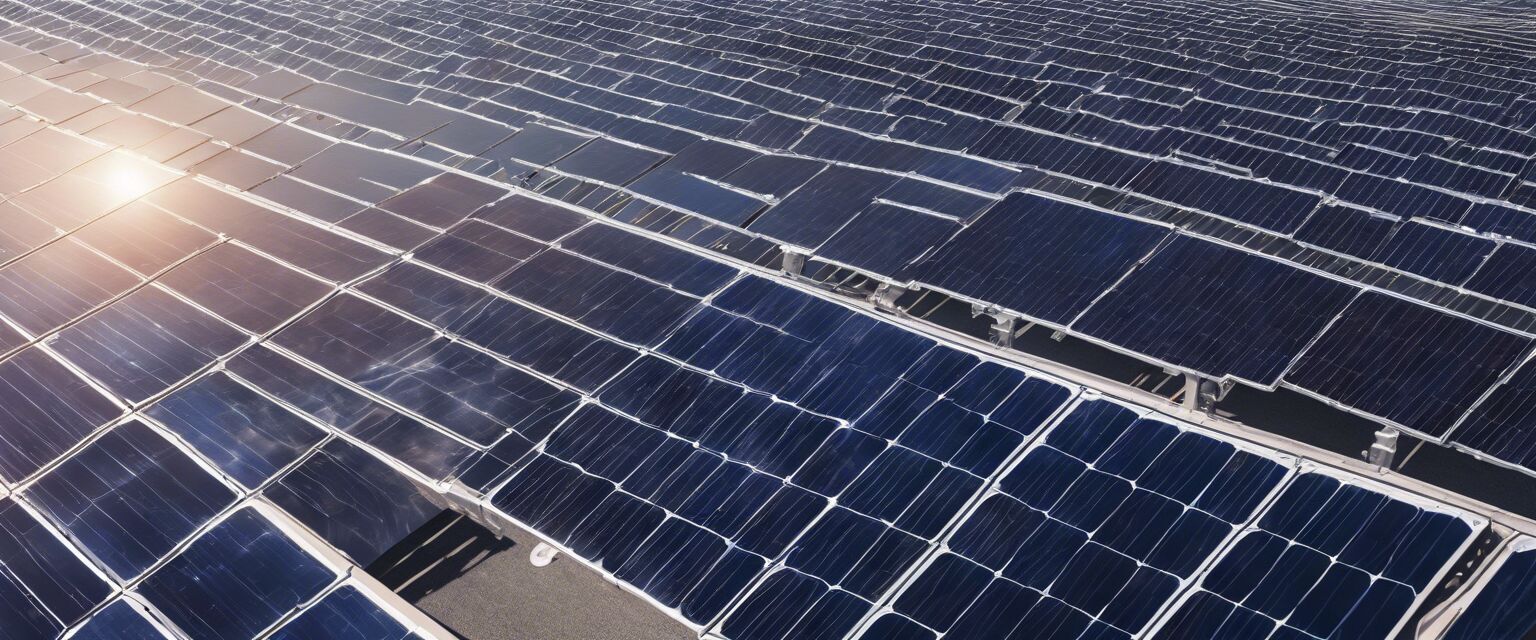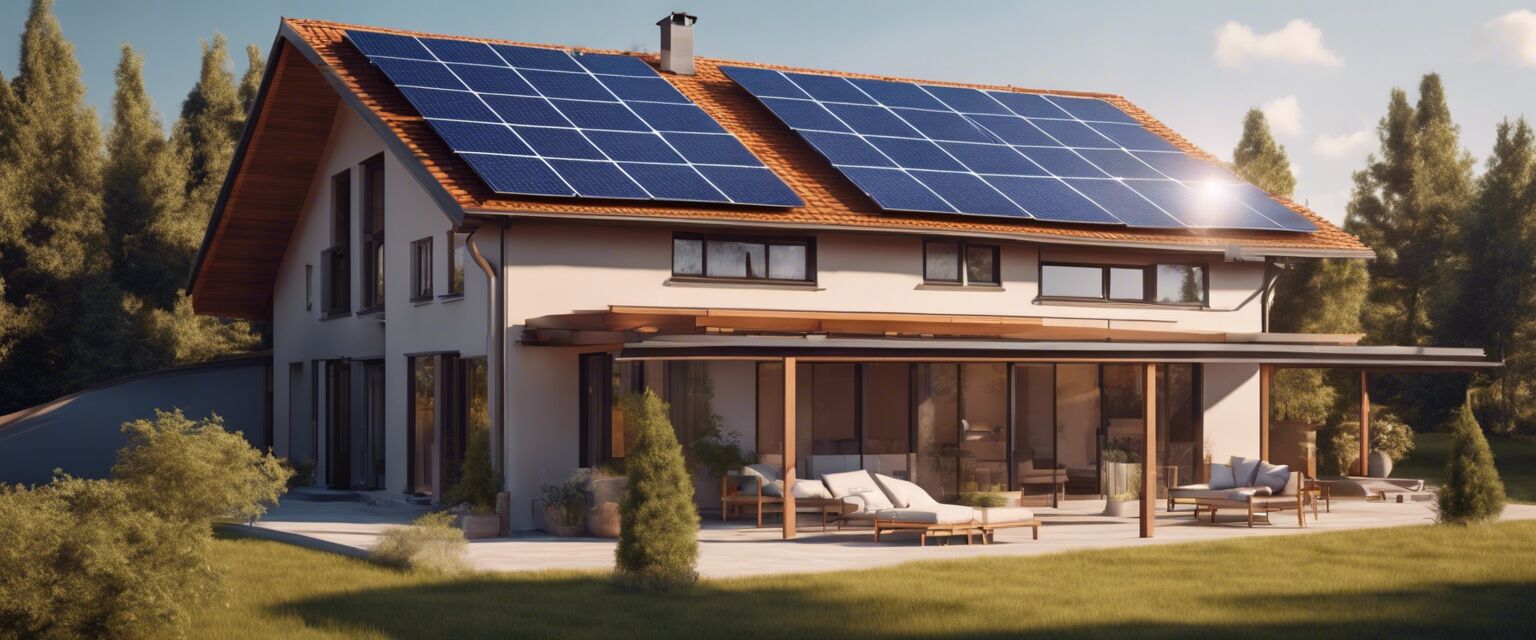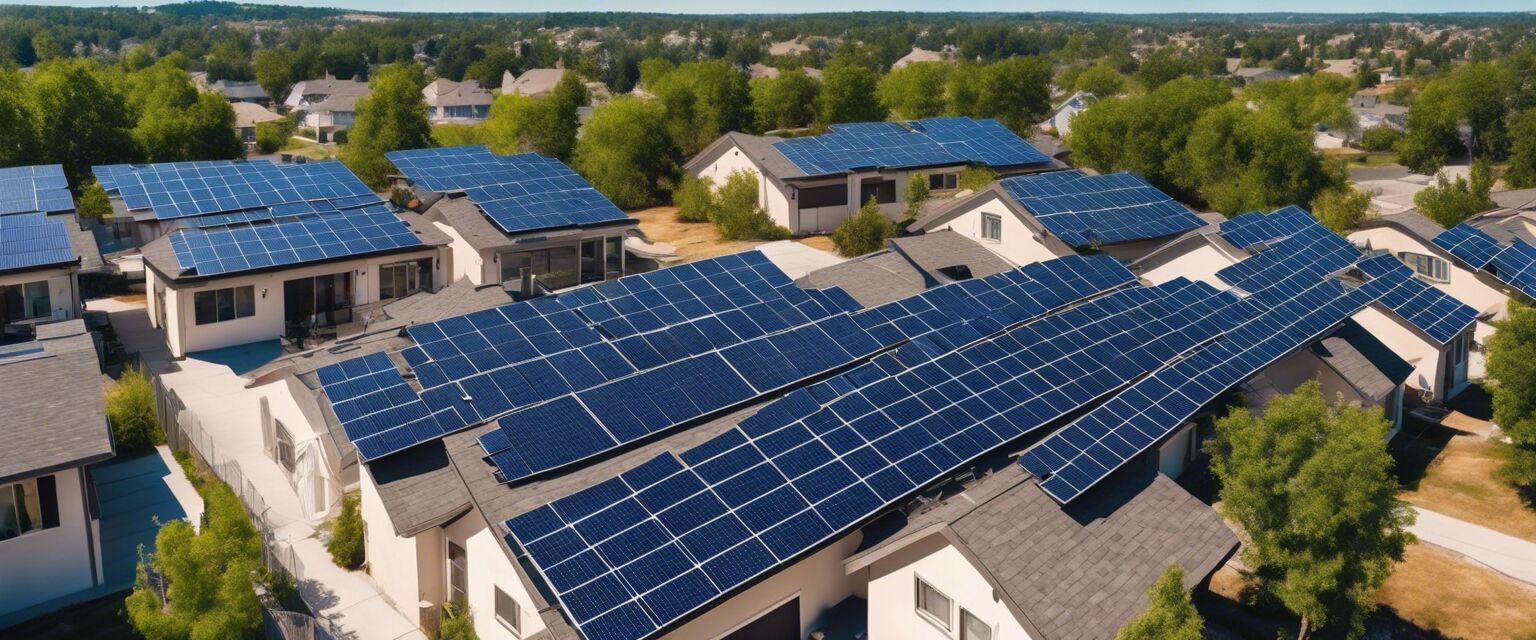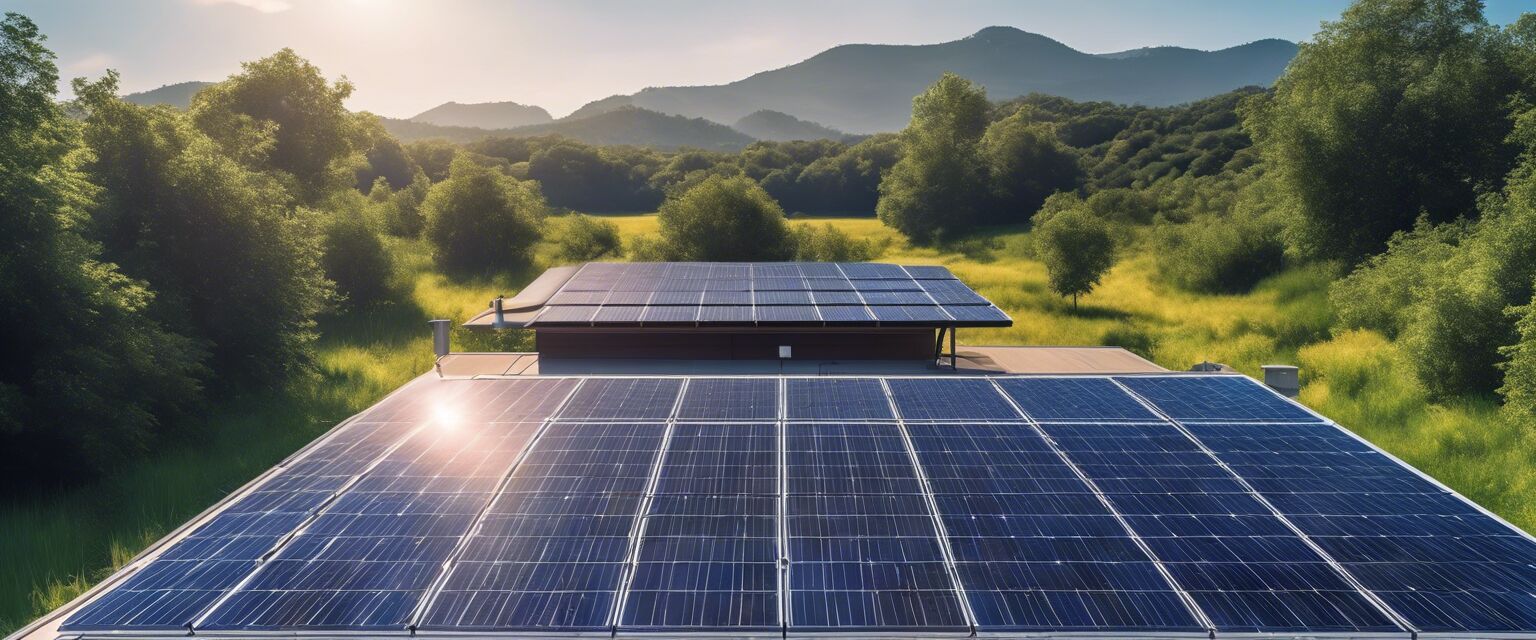
Solar Panel Innovations
Key Takeaways
- The solar panel industry is seeing rapid advancements in efficiency and design.
- Innovations include bifacial panels, flexible solar technology, and integrated solar solutions.
- Improved solar inverters are enhancing energy conversion rates.
- Emerging technologies like solar skins and energy storage systems are transforming how we use solar energy.
Solar energy is at the forefront of the renewable energy revolution. With constant innovations in solar panel technology, consumers and businesses alike are reaping the benefits of increased efficiency and functionality. This article delves into the latest advancements in solar panels, exploring how these innovations are changing the landscape of solar energy.
1. Bifacial solar panels
Bifacial solar panels are a groundbreaking innovation that allows for energy collection from both sides of the panel. This technology can significantly increase energy yield, making it a popular choice for both residential and commercial applications.

Benefits of bifacial solar panels
- Higher energy efficiency due to dual-side absorption.
- Increased durability and longevity.
- Better performance in low-light conditions.
2. Flexible solar panels
Flexible solar panels are made from lightweight materials, making them easy to install in unconventional locations. These panels are particularly useful for mobile applications, such as RVs and boats.

Advantages of flexible solar panels
- Lightweight and portable.
- Can be integrated into various surfaces.
- Cost-effective for specific applications.
3. Integrated solar solutions
Integrated solar solutions combine solar panels with building materials, such as solar shingles or solar facades. This innovation allows for a seamless aesthetic while providing energy generation capabilities.
Examples of integrated solar solutions
| Type | Description | Benefit |
|---|---|---|
| Solar shingles | Shingle-style solar panels that blend with traditional roofing materials. | Maintains aesthetic appeal while generating electricity. |
| Solar facades | Building-integrated photovoltaics (BIPV) used in exterior walls. | Contributes to energy efficiency of buildings without compromising design. |
4. Improved solar inverters
Solar inverters are essential for converting the direct current (DC) electricity generated by solar panels into alternating current (AC) electricity used in homes and businesses. Recent advancements in inverter technology have led to increased efficiency and better performance.
Key features of modern solar inverters
- Smart grid compatibility for better energy management.
- Enhanced monitoring capabilities for real-time performance tracking.
- Improved safety features to protect against electrical faults.
5. Energy storage technologies
With the rise of solar energy, energy storage systems are becoming increasingly important. These systems allow users to store excess energy generated during the day for use at night or during periods of low sunlight.

Benefits of energy storage
- Flexibility to use solar energy at any time.
- Reduces reliance on grid electricity.
- Enhances energy security in case of outages.
6. Solar skins and aesthetics
Solar skins are a new trend in solar panel design that allows homeowners to customize the appearance of their solar panels. This innovation addresses aesthetic concerns, making solar energy more appealing to a broader audience.
How solar skins work
- Custom designs can be printed on the panel surface.
- Maintains solar efficiency while enhancing visual appeal.
- Encourages more homeowners to adopt solar technology.
Conclusion
The solar panel industry is rapidly evolving with these innovative technologies. From bifacial panels to integrated solar solutions, advancements in solar technology are making renewable energy more accessible, efficient, and visually appealing. As consumers and businesses continue to adopt these innovations, the future of solar energy looks promising.
Pros
- Increased energy efficiency with the latest technologies.
- Improved aesthetics for residential applications.
- Versatile applications for various settings.
Cons
- Higher upfront costs for advanced technologies.
- Installation may require specialized professionals.
- Not all innovations are widely available yet.
Tips for choosing the right solar panel technology
- Evaluate your energy needs and budget.
- Research available technologies and their benefits.
- Consult with a solar energy professional to explore your options.









